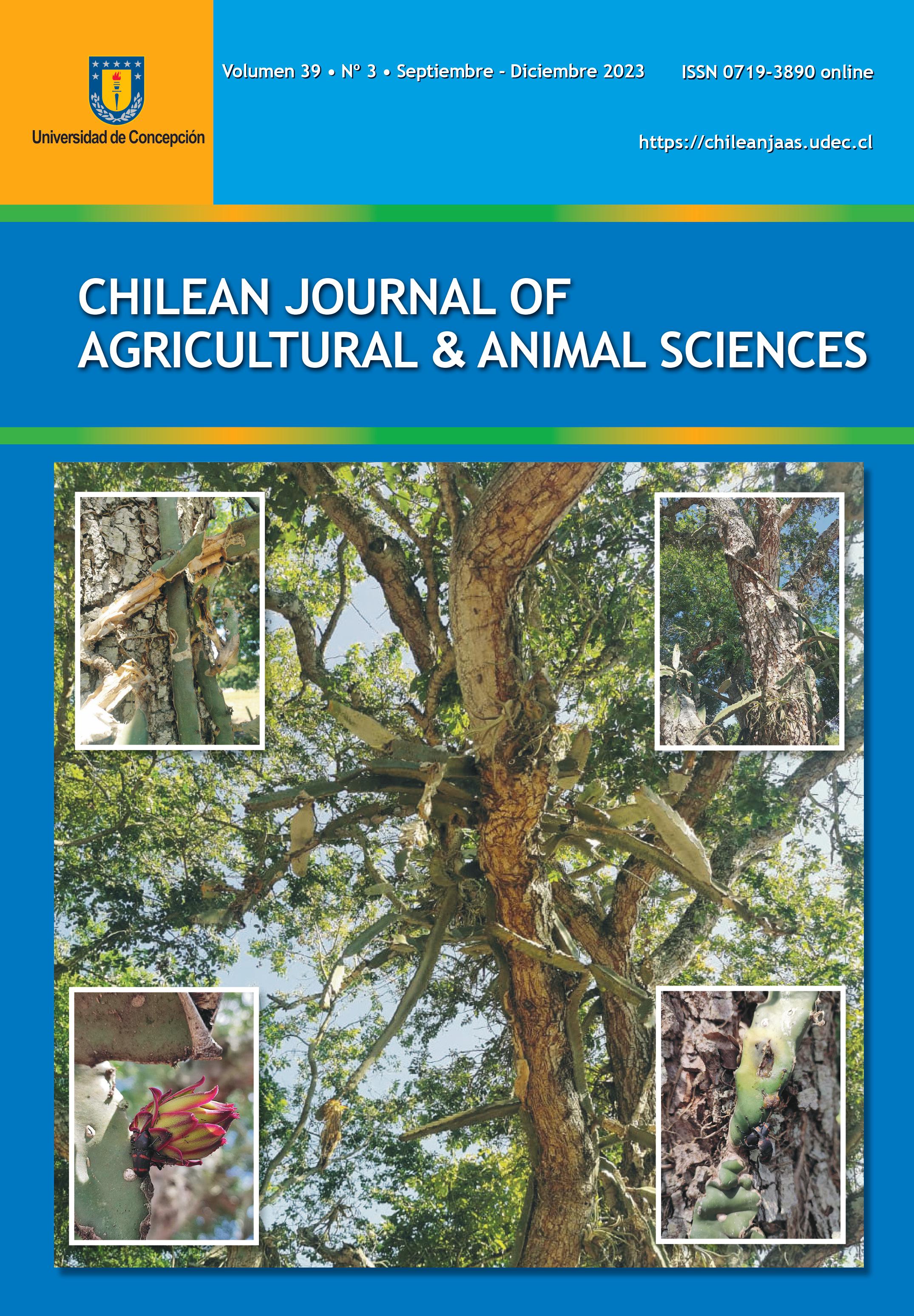POSTHARVEST PHYSIOLOGY AND TECHNOLOGY OF FRESH-CUT LEAFY VEGETABLES: A REVIEW
DOI:
https://doi.org/10.29393/CHJAA39-37FTAK20037Keywords:
Mechanical damage, processing, food safety, shelf-life, low temperaturesAbstract
Fresh-cut products are fruits or vegetables subjected to peeling, chopping, and grating, among others. Most are ready-to-eat products since they are washed and disinfected before being packaged. Over time, the fresh-cut produce market has been growing worldwide. In Chile, commercialization of these products is limited to a niche market because they have higher prices than unprocessed produce and are mostly preferred by people with higher incomes. Among these products are leafy vegetables, which are highly perishable due to their high rates of respiration and water loss induced by processing. Therefore, it is essential to reduce the severity of mechanical damage as well as maintain low temperatures during processing and storage. Plastic packaging that is permeable to the gases that make up the internal atmosphere , which is known as modified atmosphere packaging (MAP), is used. MAP maintains the quality and extends the shelf-life of the product. In the fresh-cut industry worldwide, human pathogens have been involved in different outbreaks, particularly species like Escherichia coli and Salmonella enterica. For this reason, it is important to implement good practices during processing, such as using clean water for washing, good hygiene in the workplace, and maintenance of optimal temperatures during storage, which will contribute to the microbiological quality and safety of the product.
Downloads
Published
How to Cite
Issue
Section
Copyright (c) 2023 Karin Albornoz , Amalia Hermosilla

This work is licensed under a Creative Commons Attribution 4.0 International License.







